当前位置:网站首页>What is fake sharing after filling the previous hole?
What is fake sharing after filling the previous hole?
2022-07-07 22:53:00 【Yes' level training strategy】
Hello everyone , I am a yes.
I was writing before FastThreadLocal When , Dug a hole .
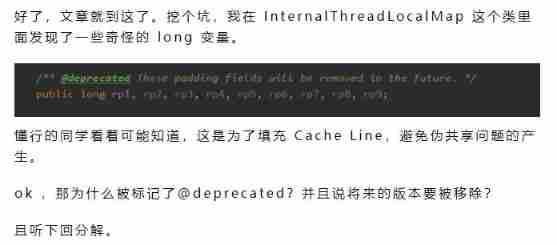
Cough , It's been a long time , But the impact is not great. I'll make up for it today .
Let's talk about what is pseudo sharing , And why Netty To remove this optimization here ?
Don't talk much , Start !
What is pseudo sharing ?
This noun sounds a bit advanced , Actually, it's easy to understand .
We all know CPU The execution speed of is much faster than the speed of getting data from memory , In order to reduce this gap, researchers continue to study , Output cache , But this cache is due to process integration , Media that cannot be used as main memory , So common CPU The cache structure is shown in the following figure :
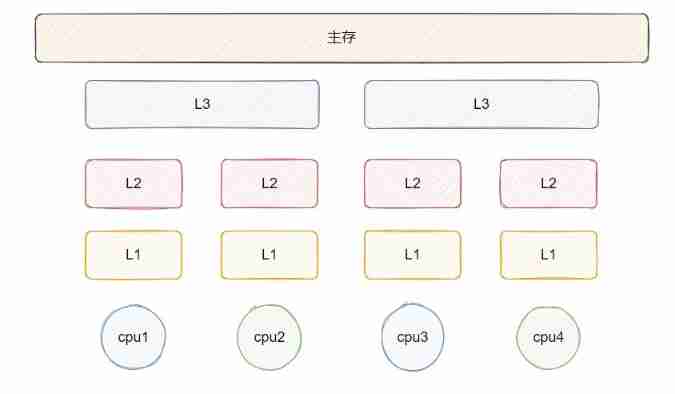
L1、L2、L3 Then for CPU And main memory , distance CPU The closer the cache access is, the faster , And the smaller the capacity .
For example, my notebook CPU On :
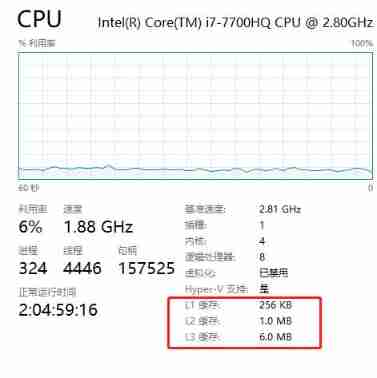
Access speed :L1>L2>L3> Main memory .
L1 and L2 It's a single core CPU Exclusive , When CPU When accessing data, you will go first L1 Look up , I can't find it L2, And then there was L3, Finally, main memory . So when calculating a data repeatedly , Try to ensure that the data is L1 in , This is efficient .
From the structure above , Experienced students will certainly find that the above structure has the problem of shared memory multithreading . Here we introduce the consistency protocol MESI. The specific contents of the agreement are not expanded here , Here is a simple example to understand :
When cpu1 and cpu3 When jointly accessing a data in main memory , Will be obtained and placed in their own cache , When cpu1 After modifying this data ,cpu3 The data in the cache of is invalid , It will make cpu1 Refresh this change to main memory , Then load the data in the main memory , Only in this way can the data be correct .
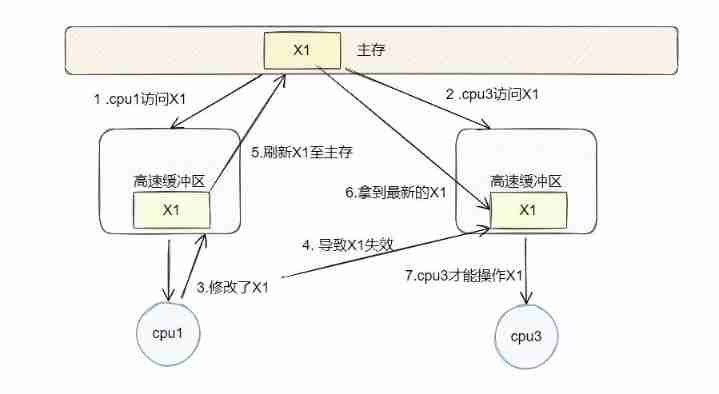
Read the figure in sequence , It shouldn't be hard to understand .
Then came the point ,CPU The unit of cache is cache row , in other words CPU Getting data from main memory is not one by one , Take it line by line , The size of this line is generally 64 byte , That's the question .
such as , Now there's a long Array , The size is 8 , Then this array just meets the size of one row . Now? cpu1 Update frequently long[0] Value , and cpu3 Update frequently long[5] Value , This is a little numb .
Due to the mechanism of caching rows , Every time cpu1 The entire array will be loaded into the cache , Only modify each time long[0] It will also make this industry dirty , here cpu3 Access to the long[5] Is failure , therefore cpu3 Need make cpu1 Refresh the changes to main memory , Then it retrieves it from main memory long[5] Do it again , Suppose this time cpu1 Change again long[0], Then the above operation has to be done again !
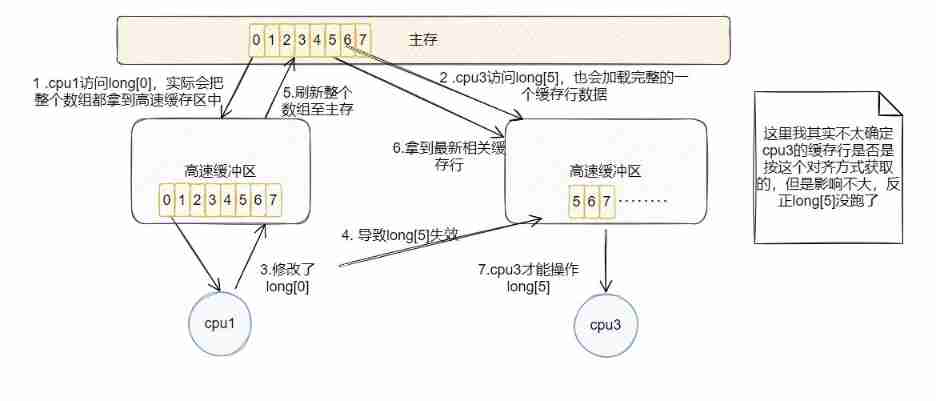
It is different variables that are obviously modified , But they affect each other , This situation , It's called , False sharing !
How to avoid pseudo sharing ?
The solution is very simple and crude , fill .
Separate the data that may conflict in memory , What kind of partition ? Separate with useless data .
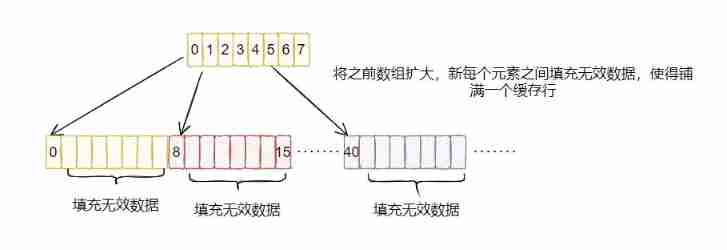
Before and after the key data ( The above figure is only filled in after ) Fill in useless data , Let a cache line , Only one valid data will exist , Others are invalid data , This avoids multiple valid data in one cache line . In this way, it's different CPU If the core modifies different data, it will not cause other data caches to fail , Avoid the problem of pseudo sharing .
therefore Netty in InternalThreadLocalMap This is what the strange code in .

But with all due respect , Maybe I'm too low , I don't see which variable this thing is filled for .
Sure enough , In the latest version, a boss labeled it obsolete

I started from github I looked up , The reason why the boss abandoned it is as follows :
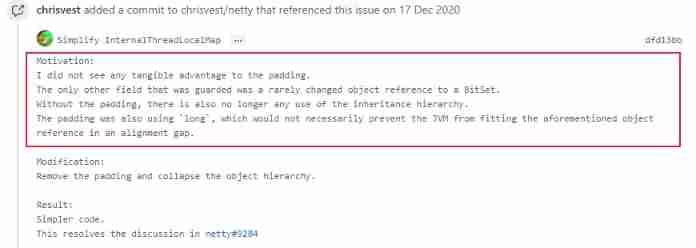
Simple and straightforward translation :
- I don't see any real benefits of filling .
- The only protected object may be BitSet, But it is not frequently modified
- Filling used long, This does not necessarily stop JVM Match the above object reference in the alignment gap .
In short, I didn't find any good use of this filling , So it was scrapped , Future versions will crack it .
So get Netty To show examples of pseudo sharing is no good ( I just wrote before FastThreadLocal The pit is filled ).
Now I'm finished , Let's take another good example .
Run and see with code
I wrote an example , Let's look at the real gap between filling and not filling .
I use two threads to cycle 50 million times to modify two variables in an object a and b, The probability of these two variables will be in the same cache line , This creates a pseudo shared scene .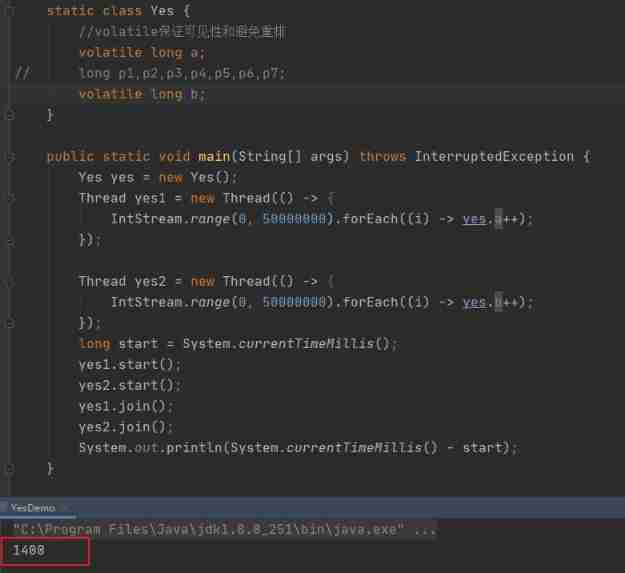
In the case of unfilled , The number of milliseconds taken is 1400.
Then we use variables p1-p7 Fill it in , separate a and b.
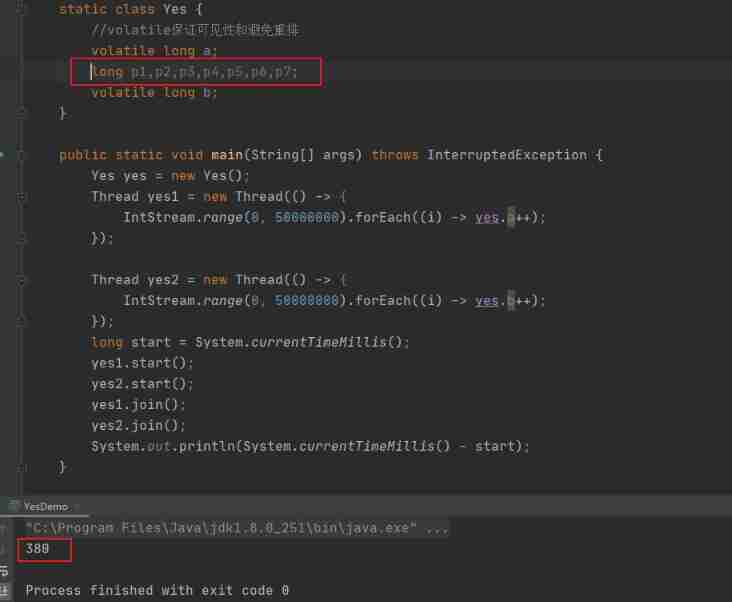
You can see , It turned out to be 380 millisecond , Look at this , It does work ! It indicates that filling is indeed effective !
Actually Java Provides an annotation @Contended, It can be marked on the specified field , Reduce the occurrence of pseudo sharing , You can think that this annotation will make JVM Automatically help us fill in , Variables that do not need to be filled in by hand . But pay attention to , This annotation needs to be added at startup -XX:-RestrictContended Parameters , Will take effect .

Let's run and see the result :
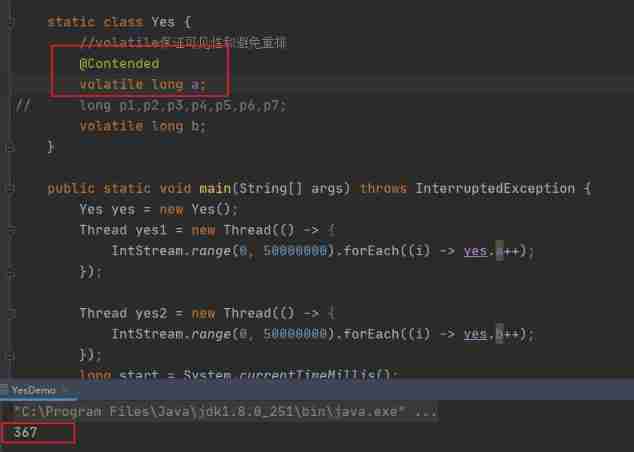
Sure enough , It also improves efficiency !
This annotation can also be used in other places , such as ConcurrentHashMap Inside CounterCell

also Striped64 Inside Cell

But be careful , No, -XX:-RestrictContended It won't work !
Last
thus , You must have understood what pseudo sharing is , And filling can be used to avoid the problem of pseudo sharing .
But filling represents a waste of space , It is not necessary to fill in any case .
Only when the adjacent fields are updated frequently , It is possible to consider pseudo sharing , Don't worry about other situations .
Okay , That's it today .
I am a yes, From a little bit to a billion , See you next time !
边栏推荐
- Remember an experience of using selectmany
- Record problems fgui tween animation will be inexplicably killed
- Matplotlib quick start
- 微服务架构开源框架详情介绍
- Line test - graphic reasoning - 6 - similar graphic classes
- Revit secondary development - get the project file path
- How to close eslint related rules
- Revit secondary development - intercept project error / warning pop-up
- Vs custom template - take the custom class template as an example
- Two minutes, talk about some wrong understandings of MySQL index
猜你喜欢

面试百问:如何测试App性能?

Basic knowledge of linked list

数字化转型:五个步骤推动企业进步
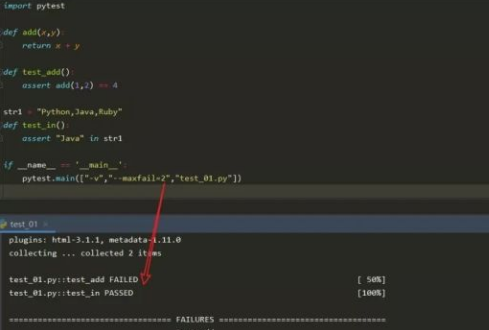
不夸张地说,这是我见过最通俗易懂的,pytest入门基础教程

What does it mean to prefix a string with F?
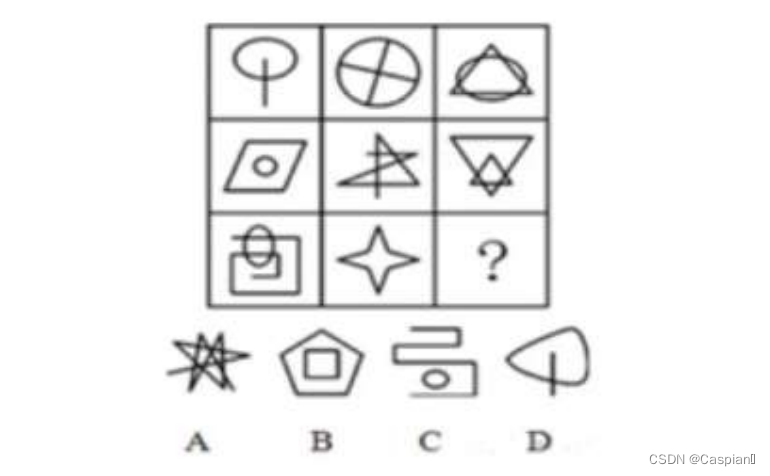
行测-图形推理-9-线条问题类

Digital transformation: five steps to promote enterprise progress

Yarn cannot view the historical task log of yarn after enabling ACL user authentication. Solution

IP network active evaluation system -- x-vision
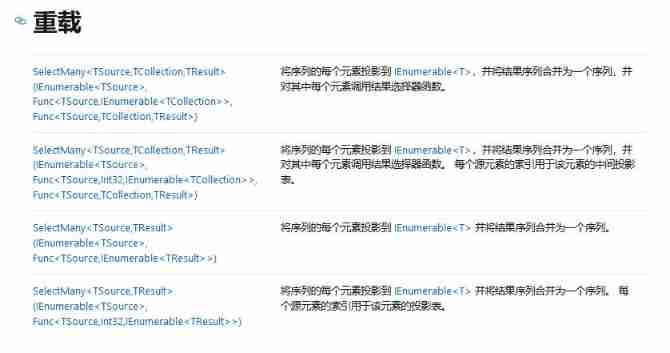
Remember an experience of using selectmany
随机推荐
IP network active evaluation system -- x-vision
Pyqt GUI interface and logic separation
Line measurement - graphic reasoning -9- line problem class
Basic knowledge of binary tree
C # realizes the communication between Modbus protocol and PLC
Leetcode19. Delete the penultimate node of the linked list [double pointer]
筑起云端 “免疫”屏障,让你的数据有备无患
CTF exercise
ASEMI整流桥KBPC1510的型号数字代表什么
面试百问:如何测试App性能?
Remove the default background color of chrome input input box
Nx10.0 installation tutorial
Debezium系列之:mysql墓碑事件
Record problems fgui tween animation will be inexplicably killed
C development -- WPF simple animation
Aspose. Words merge cells
Revit secondary development - wall opening
LeetCode206. Reverse linked list [double pointer and recursion]
Unity technical notes (I) inspector extension
Cataloger integrates lidar and IMU for 2D mapping